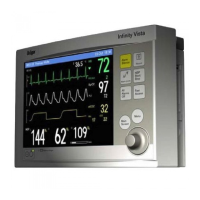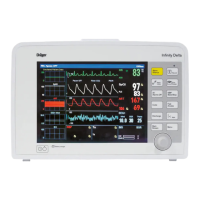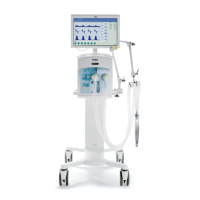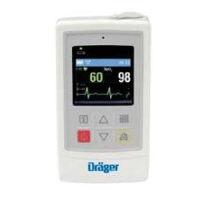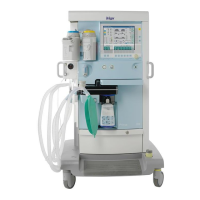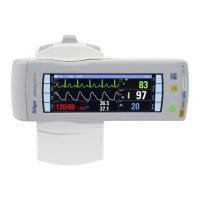9-8 DELTA/DELTA XL/KAPPA VF8
9 A
RRHYTHMIA MONITORING
Quick Reference – Arrhythmia Setup Table
Function Description Available Settings
Relearn Initiates a relearn process. Dräger
recommends that you perform a relearn
under the following conditions:
• A lead is reconnected or electrodes are
repositioned.
• Eight hours have passed since last
reference complex learned.
• Questionable arrhythmia calls appear
on the patient’s ECG.
• Other significant changes appear on the
patient's ECG.
To learn or relearn the template:
1. Set ARR Monitoring to Basic or Full.
2. Verify the quality of the ECG signal.
3. Check that the patient’s ECG displays
a normal reference pattern.
4. Click on Relearn to begin a new
learning phase.
Alarm Sets the alarm priority (see page 5-3) for
an arrhythmia event.
NOTE: Settings for Asystole (ASY) and
Ventricular Fibrillation (VF) cannot be
modified.
•High
•Medium
•Low
• (off)
Rate Together with the count, the rate
determines the point at which an event
call is triggered
NOTES:
• You cannot modify the rate for the
following parameters: ASY, VF, CPT,
BGM or ARTF.
• RUN and AIVR cannot be modified
because their settings derive from VT.
They are included to quantify their
derivation, based on current VT values.
• VT; 100 to 200, increments of 10
• RUN; Same as VT Rate
• AIVR; VT
Rate
- 1
• SVT; 120 to 200, increments of 10
• TACH; 100 to 200, increments of 10
• BRDY; 30 to 105, increments of 5
• PAUS; 1.0 to 3.5s, increments of 0.5s
Count Together with the rate, the count
determines the point at which an event
call is triggered
NOTES:
• You cannot modify the count for the
following parameters: ASY, VF, CPT,
BGM or ARTF.
• RUN and AIVR derive their settings from
VT and therefore cannot be modified.
They are included in order to quantify
their derivation, based on current VT
values.
• VT; 5 to 15, increments of 1
• RUN; 3 to VT
Count
- 1
• AIVR; Count 3
• SVT; 3 to 10, increments of 1
• TACH; 5 to 15, increments of 1
• BRDY; not applicable
• PAUS; not applicable
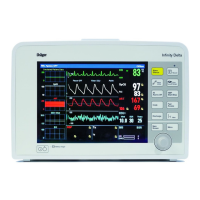
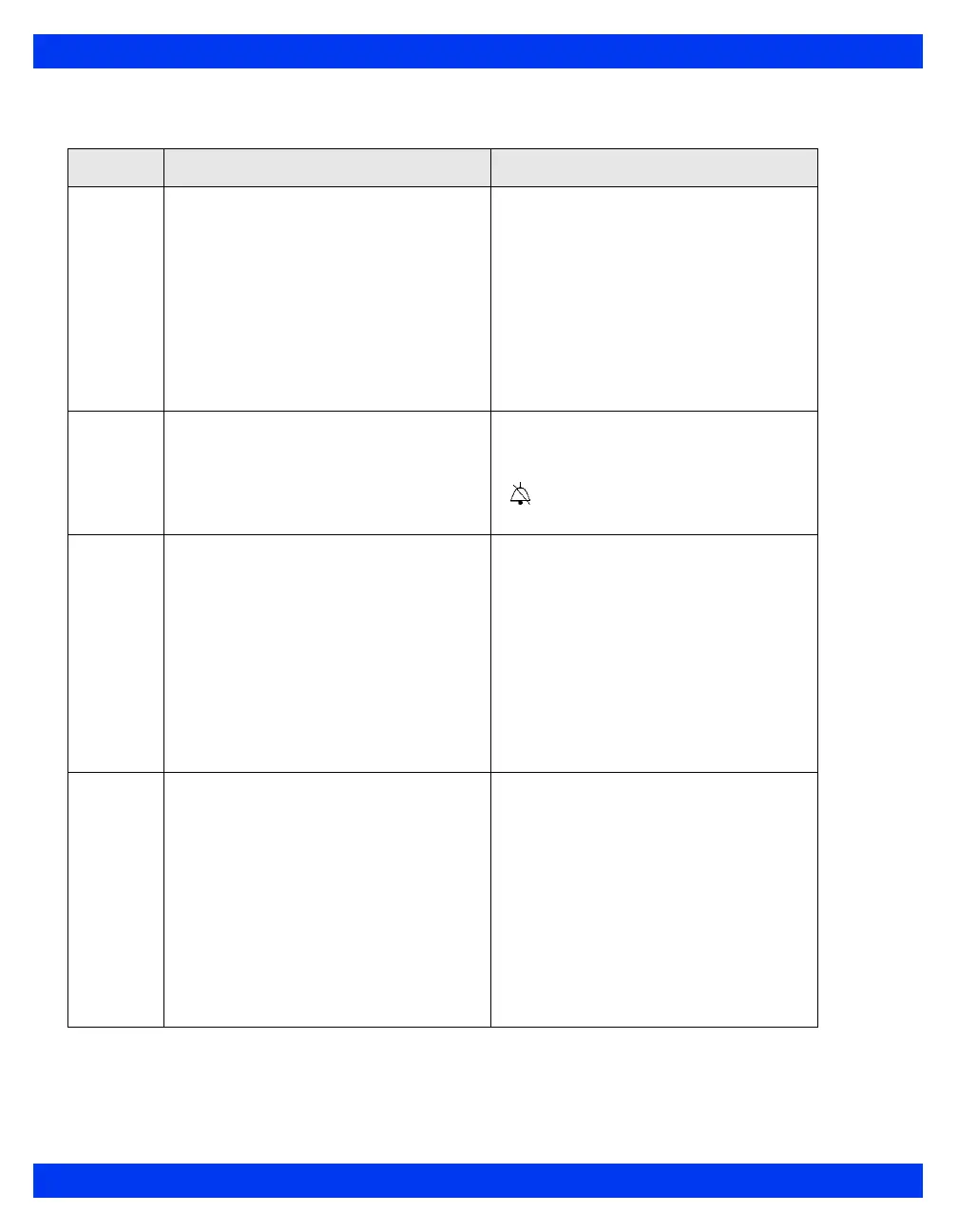